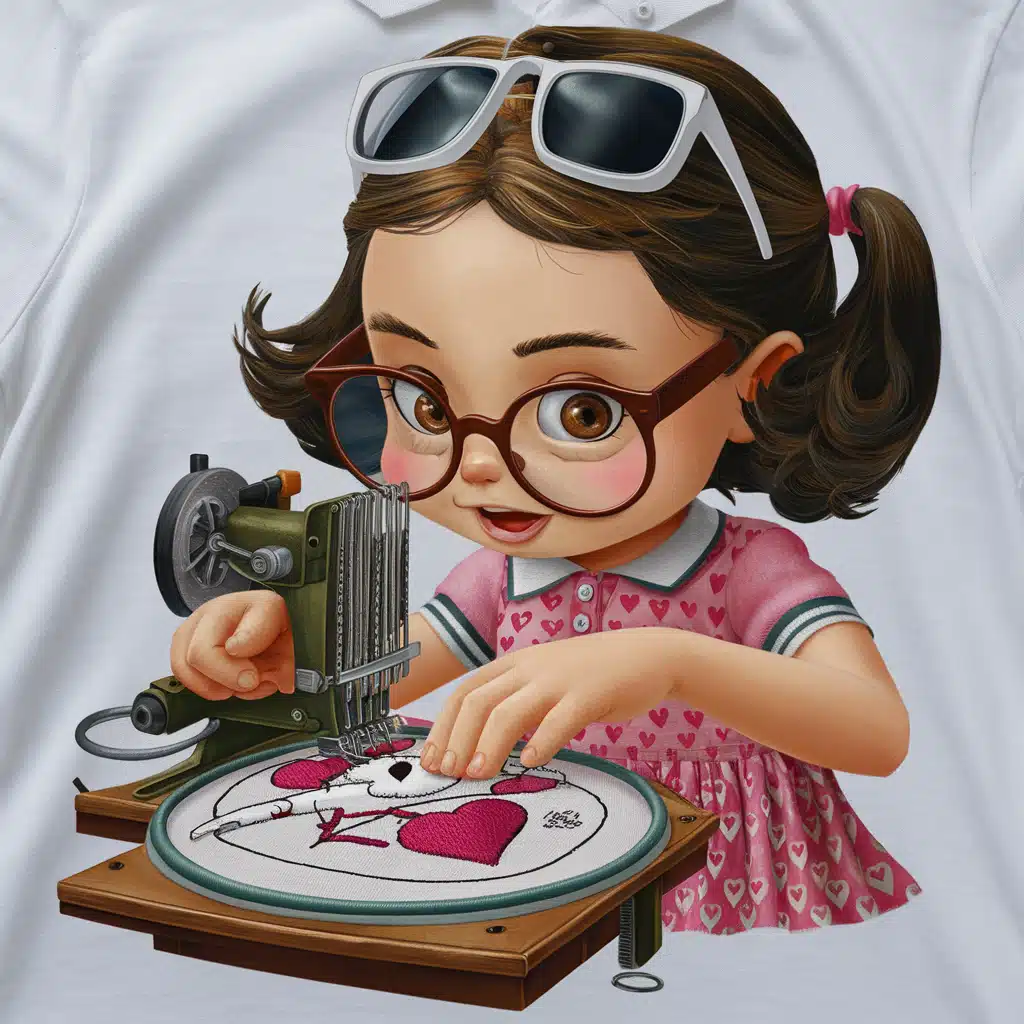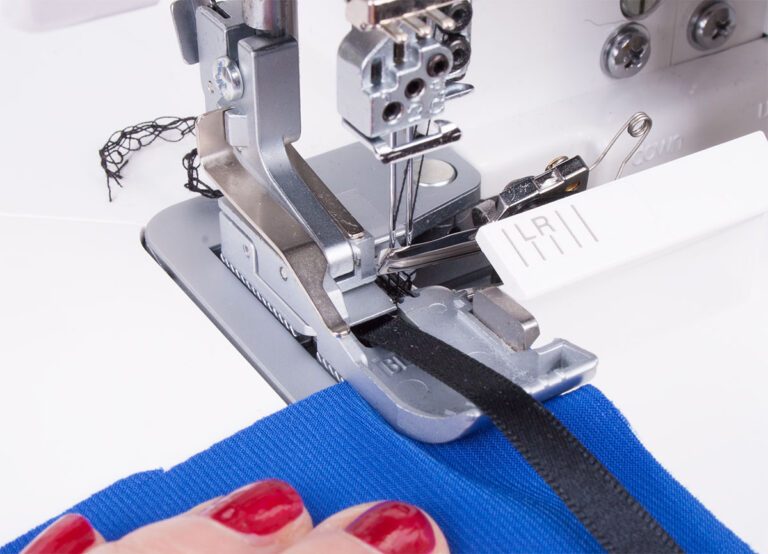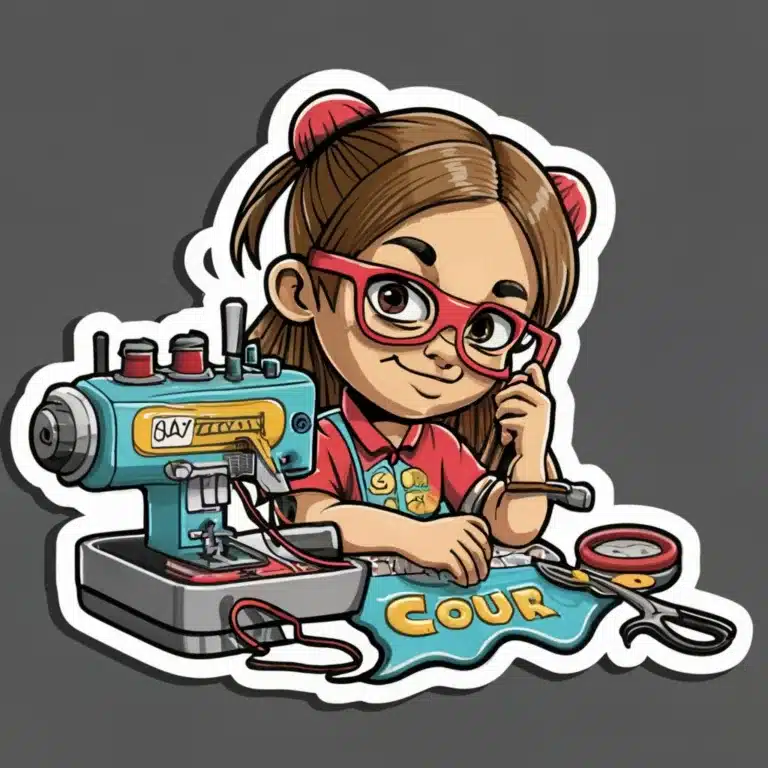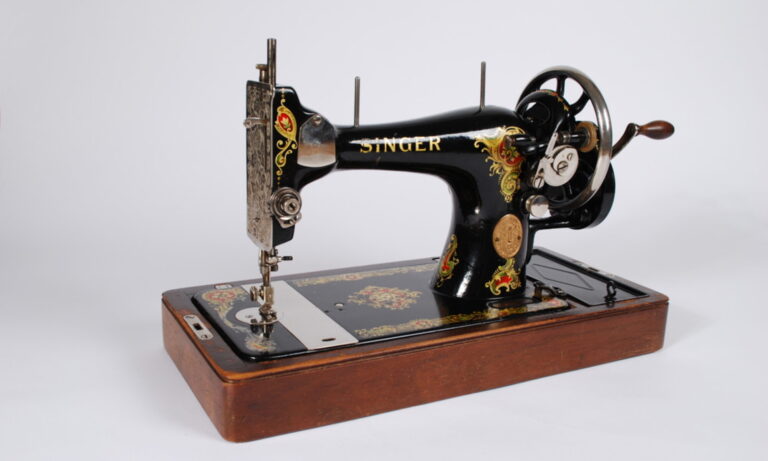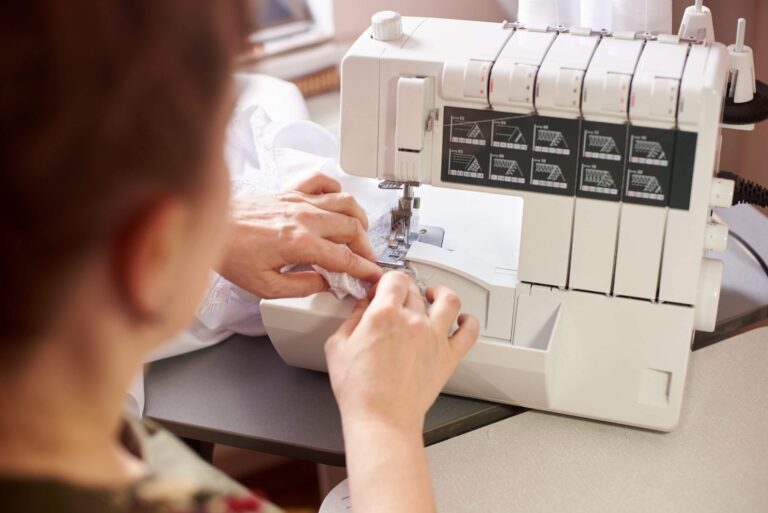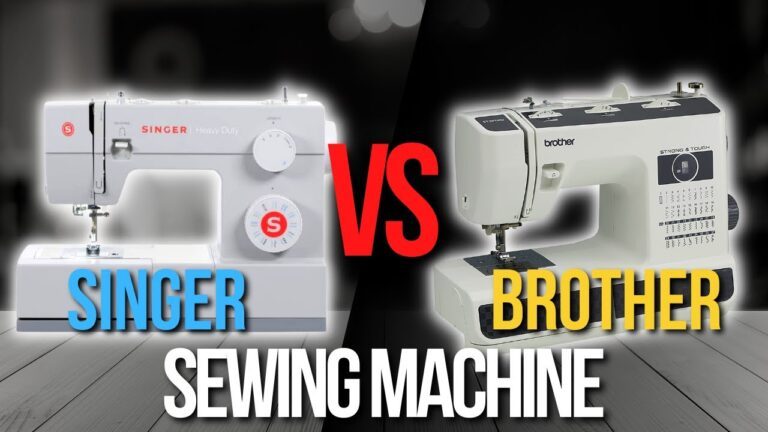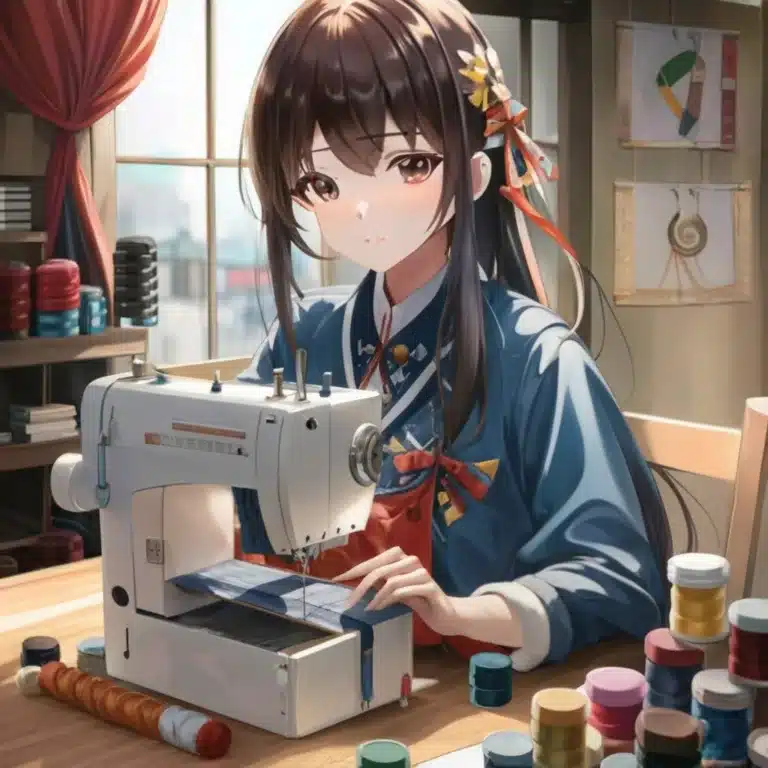Troubleshooting Common Issues
Sewing machine tension can be a tricky beast to tame, but it’s crucial for achieving professional-looking results. Whether you’re a beginner or an experienced sewist, understanding and managing thread tension is key to creating beautiful, balanced stitches.
In this comprehensive guide, we’ll explore common tension issues and provide practical solutions to help you troubleshoot like a pro.
FAQ: Troubleshooting Sewing Machine Tension Issues
Q1: What exactly is sewing machine tension?
A: Sewing machine tension refers to the amount of resistance applied to the upper and bobbin threads as they pass through the machine. Proper tension ensures that the threads interlock smoothly within the layers of fabric, creating even stitches on both sides.
Q2: How can I tell if my machine’s tension is correct?
A: In a perfectly tensioned stitch, the upper and bobbin threads meet in the middle of the fabric layers. You should see identical stitches on both sides of the fabric. If you can see small loops on either the top or bottom of the fabric, or if the stitches appear too tight or too loose, you likely have a tension issue.
Q3: What causes loose upper thread tension?
A: Loose upper thread tension can result from:
- Incorrectly threaded machine
- Tension dial set too low
- Dirty tension discs
- Damaged tension spring
- Using the wrong type or size of thread
To fix this, recheck your threading, clean the tension discs, and gradually increase the tension setting.
Q4: Why is my lower thread showing on the top of the fabric?
A: This typically indicates that the upper thread tension is too tight. Try these solutions:
- Decrease the upper tension setting
- Ensure the presser foot is lowered when sewing
- Check that the machine is threaded correctly
- Verify that the thread is seated properly in the tension discs
Q5: What causes the upper thread to show on the bottom of the fabric?
A: This usually means the upper thread tension is too loose, or the bobbin tension is too tight. Try these fixes:
- Increase the upper tension setting
- Check the bobbin case tension
- Ensure the bobbin is inserted correctly and threaded properly
- Clean the bobbin area to remove any lint or debris
Q6: How do I adjust the bobbin tension?
A: Bobbin tension is typically adjusted using a small screw on the bobbin case. To tighten, turn the screw clockwise by tiny increments. To loosen, turn counterclockwise. Make very small adjustments, as a little goes a long way. Always consult your machine’s manual before adjusting bobbin tension.
Q7: Why is my fabric puckering when I sew?
A: Fabric puckering can be caused by:
- Excessive upper thread tension
- Incorrect presser foot pressure
- Using the wrong needle size for your fabric
- Sewing with different thread weights in the needle and bobbin
Start by reducing your upper thread tension. If the problem persists, check your needle size and presser foot pressure.
Q8: What causes thread nesting or bunching under the fabric?
A: Thread nesting, often called “bird nesting,” is usually caused by:
- Incorrect upper threading
- Bobbin threaded or inserted incorrectly
- Upper tension set too loose
- Dirty feed dogs or bobbin area
Rethread both the upper thread and bobbin, clean your machine, and adjust the upper tension if necessary.
Q9: How does the type of fabric affect tension settings?
A: Different fabrics require different tension settings:
- Lightweight fabrics (silk, chiffon) generally need lower tension
- Medium-weight fabrics (cotton, linen) work well with average tension settings
- Heavyweight fabrics (denim, canvas) often require higher tension
Always test your tension on a scrap piece of the fabric you’ll be using for your project.
Q10: Can using different types of thread in the needle and bobbin cause tension issues?
A: Yes, using different thread weights or types in the needle and bobbin can lead to tension problems. For best results, use the same thread type and weight in both the needle and bobbin.
Q11: How do needle size and type affect tension?
A: Using the wrong needle size or type can cause tension issues. A needle that’s too small for the thread can cause the thread to bunch up, while a needle that’s too large can create loose stitches. Always match your needle size and type to your fabric and thread.
Q12: Why do I sometimes get skipped stitches?
A: Skipped stitches can be caused by:
- Incorrect tension settings
- Bent or damaged needle
- Wrong needle size for the fabric
- Machine not threaded correctly
- Old or poor-quality thread
Start by changing your needle and rethreading your machine. If the problem persists, adjust your tension settings.
Q13: How often should I adjust my machine’s tension?
A: You may need to adjust your tension:
- When switching to a different fabric weight
- If you change thread types or sizes
- When you start a new project
- If you notice stitch quality issues
It’s a good practice to test your tension on a scrap piece of fabric before starting each new project.
Q14: Can thread quality affect tension?
A: Absolutely. Poor quality or old thread can be inconsistent in thickness, leading to tension issues. It can also produce more lint, potentially clogging your machine. Always use good quality thread appropriate for your project.
Q15: What’s the best way to test tension adjustments?
A: Use this method to test your tension:
- Set up your machine with the thread and fabric you’ll be using for your project.
- Sew a test line of straight stitches.
- Examine both sides of the fabric. The stitches should look identical on both sides.
- If adjustments are needed, make small changes to the upper tension dial.
- Test again and repeat until the stitches are balanced.
Q16: Can tension issues damage my machine or fabric?
A: While tension issues themselves won’t typically damage your machine, continuing to sew with incorrect tension can lead to thread buildup in your machine, potentially causing jams or other problems. Severe tension problems can also damage delicate fabrics or cause seams to be weak and prone to breaking.
Q17: Why does my tension seem perfect one day and off the next?
A: Several factors can cause tension to vary from day to day:
- Changes in humidity affecting the thread
- Lint buildup in the machine
- Slight changes in how you’re guiding the fabric
- Variations in fabric or thread, even within the same project
Regular cleaning and maintenance of your machine can help maintain consistent tension.
Q18: Is it normal for different stitches to require different tension settings?
A: Yes, different stitch types often require different tension settings. For example, a zigzag stitch typically needs lower tension than a straight stitch. Your machine’s manual should provide recommended tension settings for various stitch types.
Q19: Can using different presser feet affect tension?
A: While presser feet don’t directly affect thread tension, they can influence how the fabric feeds through the machine, which can impact stitch quality. Some specialized feet, like walking feet or roller feet, can help manage difficult fabrics and reduce the need for tension adjustments.
Q20: When should I seek professional help for tension issues?
A: If you’ve tried all the troubleshooting steps and still can’t resolve your tension problems, it might be time to consult a professional. Also, if your machine suddenly develops severe tension issues or if the tension dial doesn’t seem to be working correctly, these could be signs of mechanical problems that require professional service.
Remember, achieving perfect tension is often a process of trial and error.
Don’t get discouraged if it takes some time to get it right. With practice and patience, you’ll develop an intuitive understanding of your machine’s tension system, leading to beautiful, professional-looking results in all your sewing projects.
Related Posts
Discover relevant articles, tutorials, and tips to improve your skills and explore new techniques.
Stay inspired and connected to our embroidery community.
